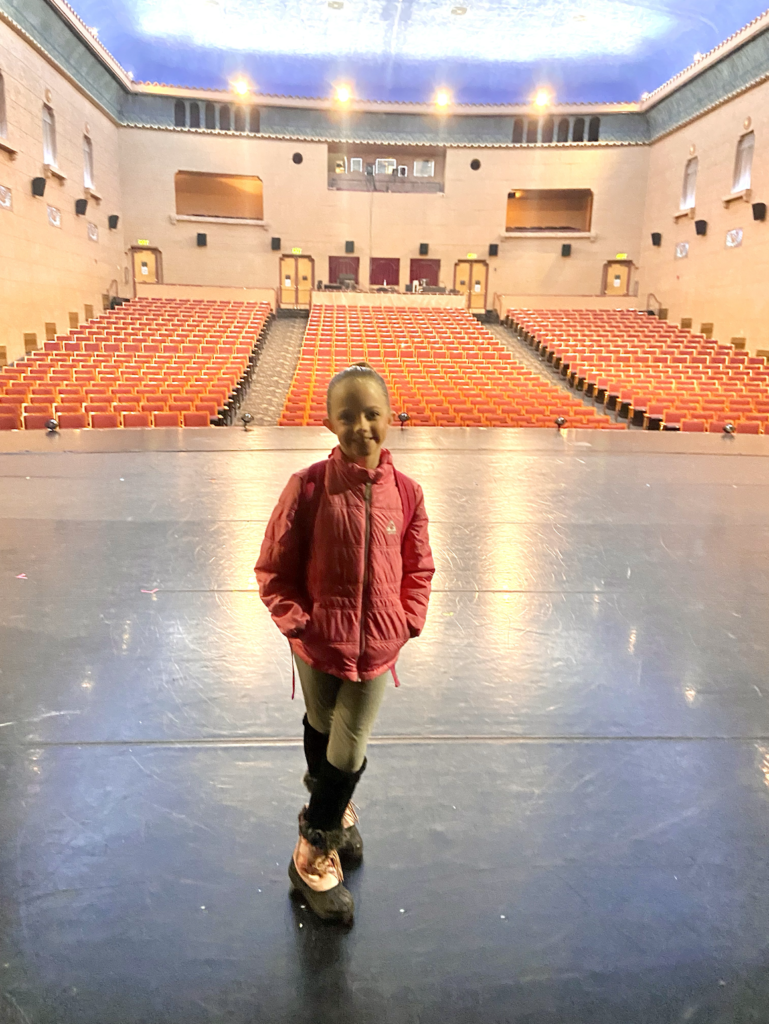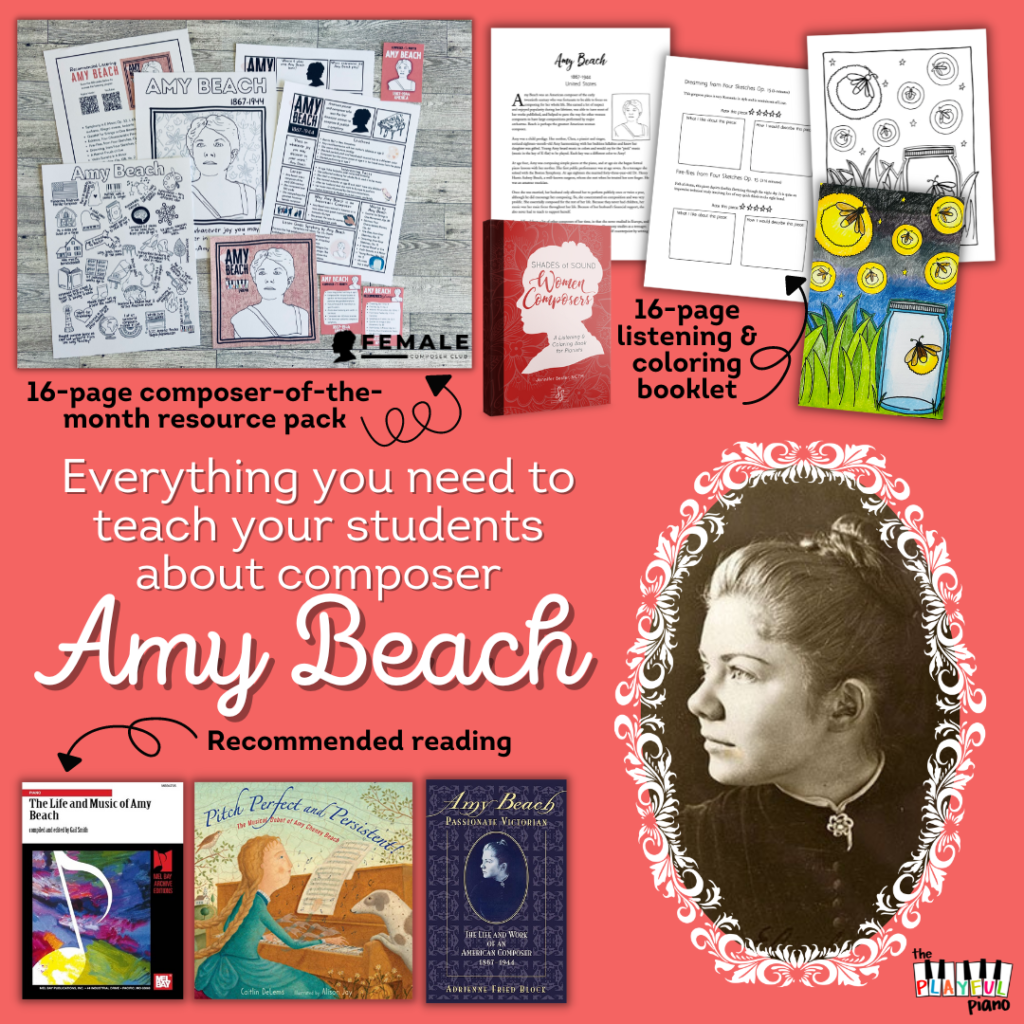The ways you can teach new repertoire to students are as varied as the vast amount of piano repertoire available. But, I would like to share some general ideas and suggestions, as well as some ways of teaching FERN, using four different pieces to illustrate. Ready go…
Pick pieces that your students love. If they don’t like their pieces, they won’t practice. Period.
Divide the piece into smaller sections (have your student help you – a great way to teach form!).
Teach good practice habits – practicing a short section many times is so much better than playing through the entire piece once. You may want to have them practice until they get certain assignments done, instead of for a set amount of time – they may learn repertoire faster (and better) that way.
Hands alone practice! Helpful in learning notes, rhythm, and fingering really well – one hand at a time.
Slow practice = your friend. I like to pick a good metronome speed for my students – just make sure it is not too fast, that it is a speed at which they can play the section comfortably. You can always speed it up later.
Help your student find patterns in the piece. Help them analyze what is going on. They will learn it so much better and more easily when they recognize melodic patterns, chords, etc.
FERN – make sure they learn the four important elements of the piece. Give them specific practicing instructions to help them learn these elements. For example:
In Chopin’s Nocturne Op. 72 No. 1, help your student find a good fingering for the left hand right from the beginning. Have them write it in and use the same fingering each and every time. Encourage lots of hands alone practice in small sections (for example, one line at a time) in order to learn the notes and make the correct fingering a habit.
In the Minuet from Bach’s Anna Magdalena Notebook, teach your student to produce a lovely, graceful sound as they are learning the notes of this piece. Help them decide where the phrases should be (if not already written in the score) and make sure they learn to play them legato with a relaxed lift of the wrist at the end of each phrase. If you wait to add in these important details after the notes, rhythm and fingering are learned, the student will have already formed habits of playing it with the wrong expression.

In Chopin’s Fantasie Impromptu, the four-against-three rhythm usually poses a problem. Once the student has the right hand and left hand learned separately and is ready to put them together, spend some time on the tricky rhythm. I find it helpful to have them beat out a four-against-three rhythm on their lap, with their left hand beating three and their right beating four. It should go like this (try it!): together, right, left, right, left, right, together, right, left, right, left, right, together, etc.
Or, you can use this amazingly helpful sentence, taught to me by one of my dear teachers, which somehow magically solves the rhythm problem and helps you to play it perfectly: “My mother had a duck.” Seriously, try it. On “My” you will be playing the right and left hand together. On “mother had a duck” you will play the right and left hands alternating, beginning with the right hand. It will seem a little rigid as you learn it, but once you get it down (with lots of slow practice, my friend!) you can easily smooth it out and even out both hands. To this day, I cannot play Fantasie Impromptu without saying (in my head….usually…) “My mother had a duck, my mother had a duck, my mother had a duck, my mother had a duck……”
And, last but not least:
Hopefully your intermediate and above students will all know the notes on the staff very well, and won’t need to say them aloud (as is very helpful for beginners). However, there are still some things you can do to help your student learn the notes quickly and efficiently. One such way is to have them look for patterns – in the melody, in the chords, whatever. When there is some kind of pattern to latch onto, note-learning is much easier.
When teaching Bach’s Prelude No. 1 from the Well-Tempered Clavier, I always point out that each measure is basically made up of one chord. One chord, that’s it! And usually only a note or two changes from measure to measure. I actually like to have my students learn the notes of this piece by playing each measure as a block chord – so instead of playing the broken chord pattern all you are doing is playing a C chord, holding it for four counts. I have my students look ahead to the next measure to see which notes change, and then play the next chord. I find that this can be so helpful in learning the notes and getting your hand to be in the right position to play the entire measure. It eliminates any pauses and searching around for notes. And it is super easy to add in the real rhythm once all of the notes are learned.
The End. I hope some of these suggestions were helpful, or got you thinking about ways to teach other pieces!
p.s. Please share any great insights into teaching FERN – I’d love to hear your thoughts and ideas.































